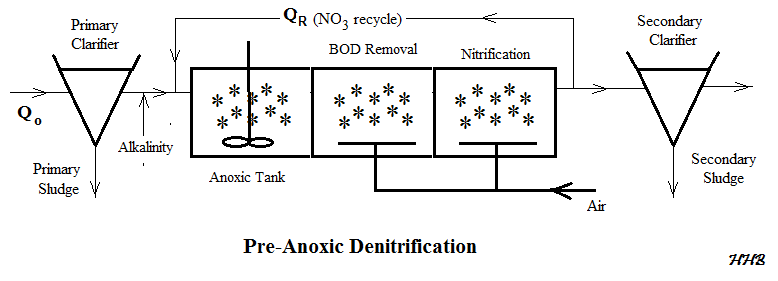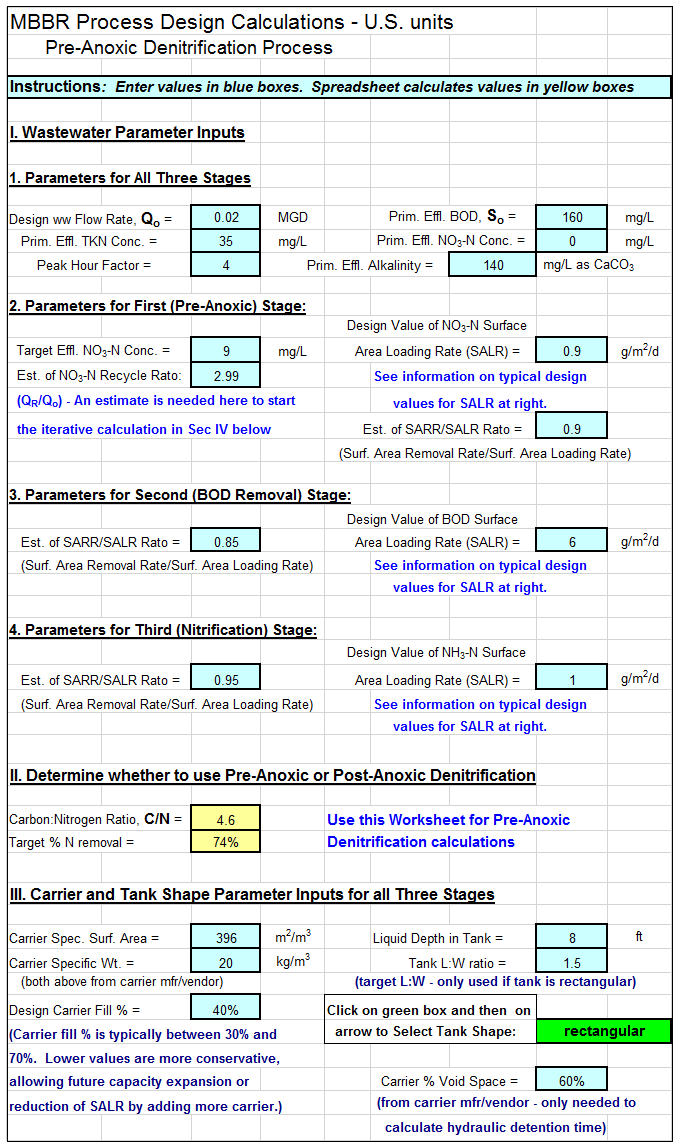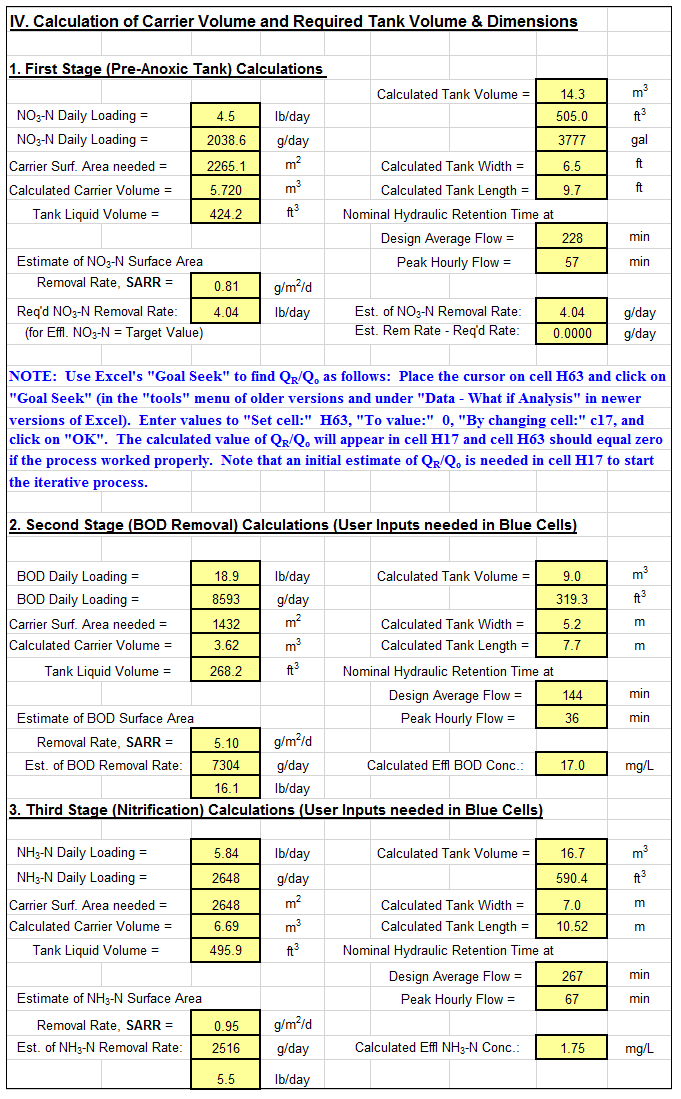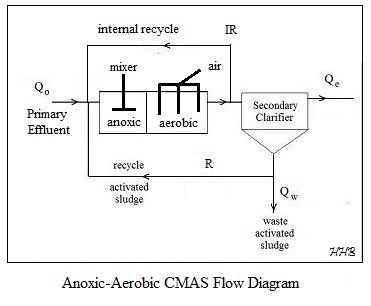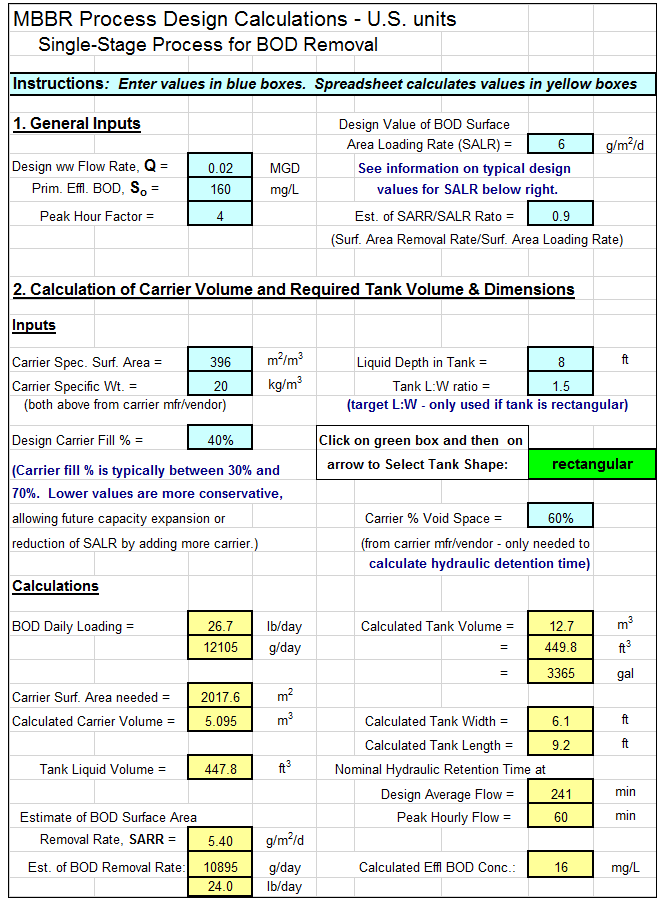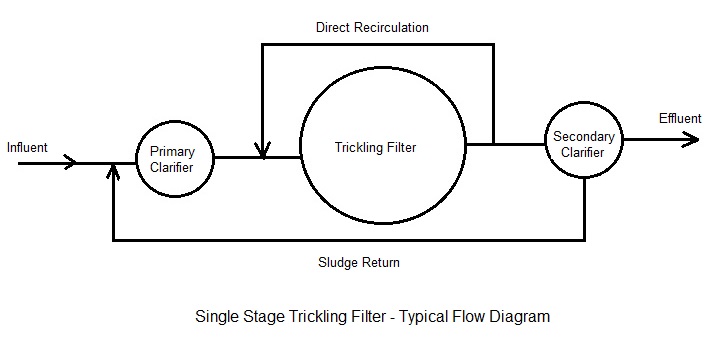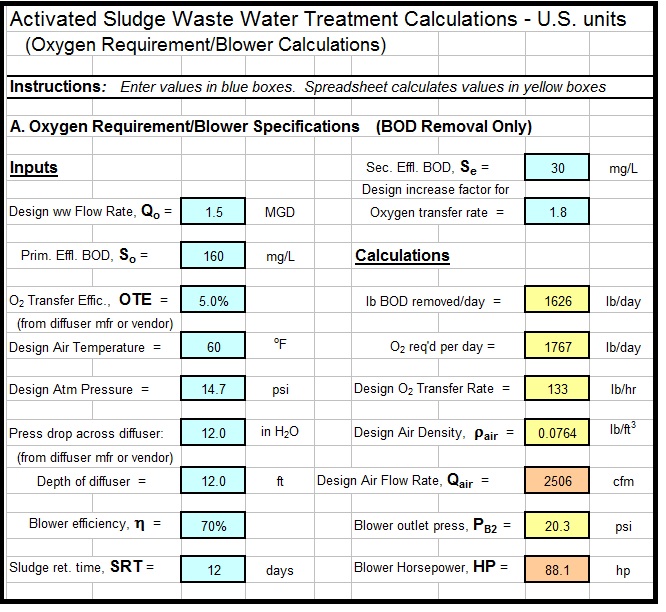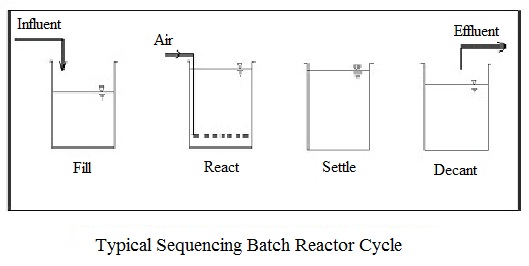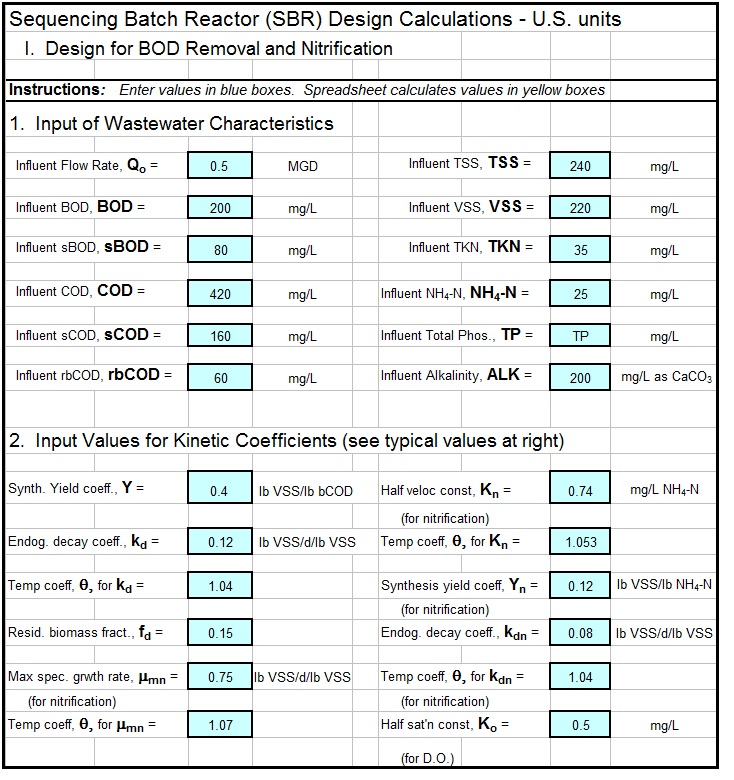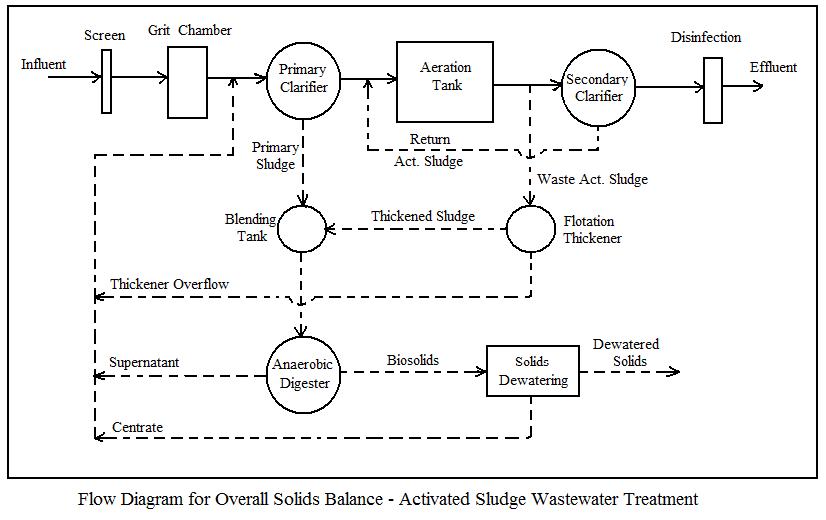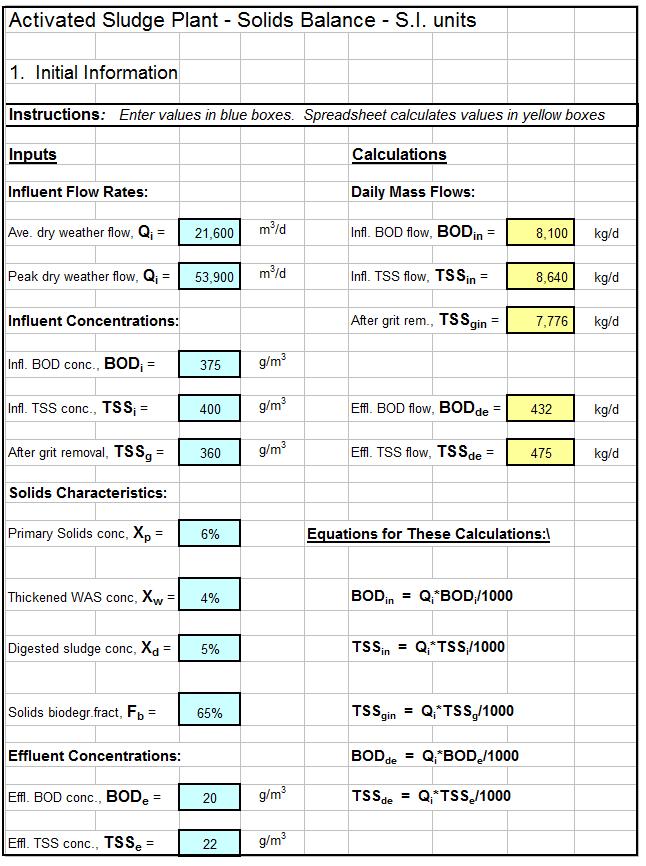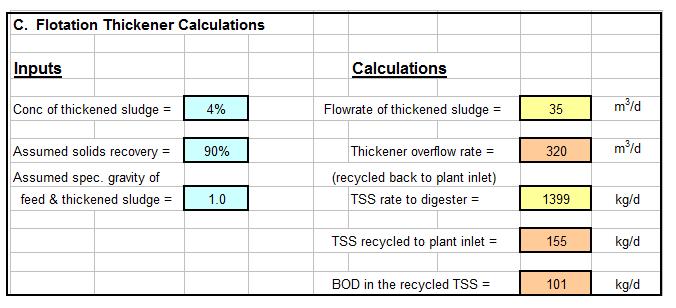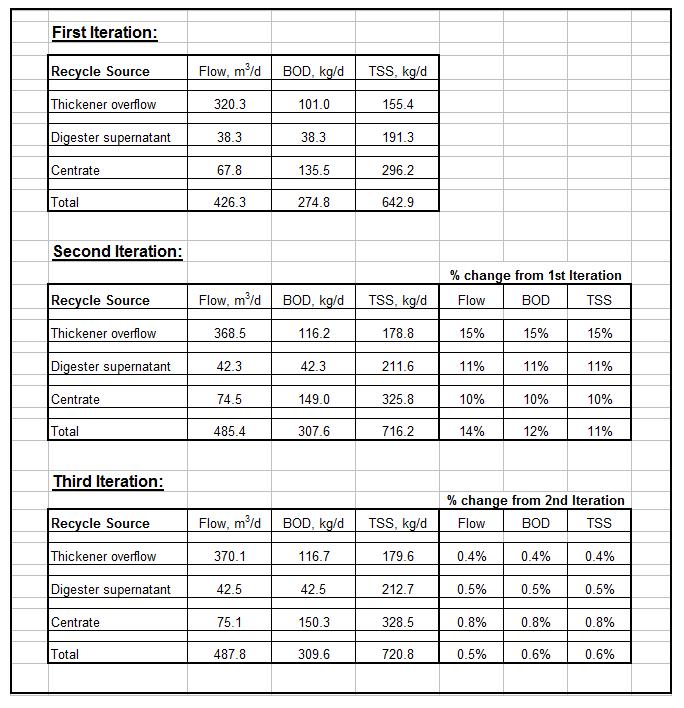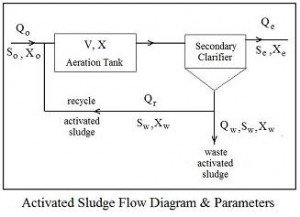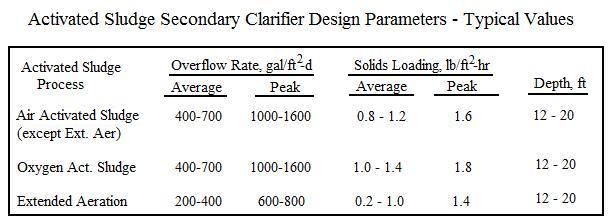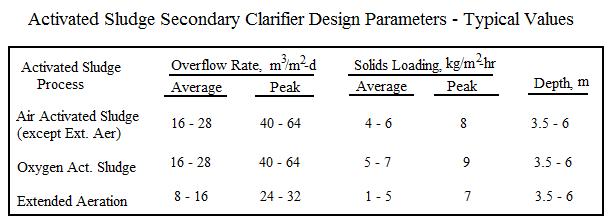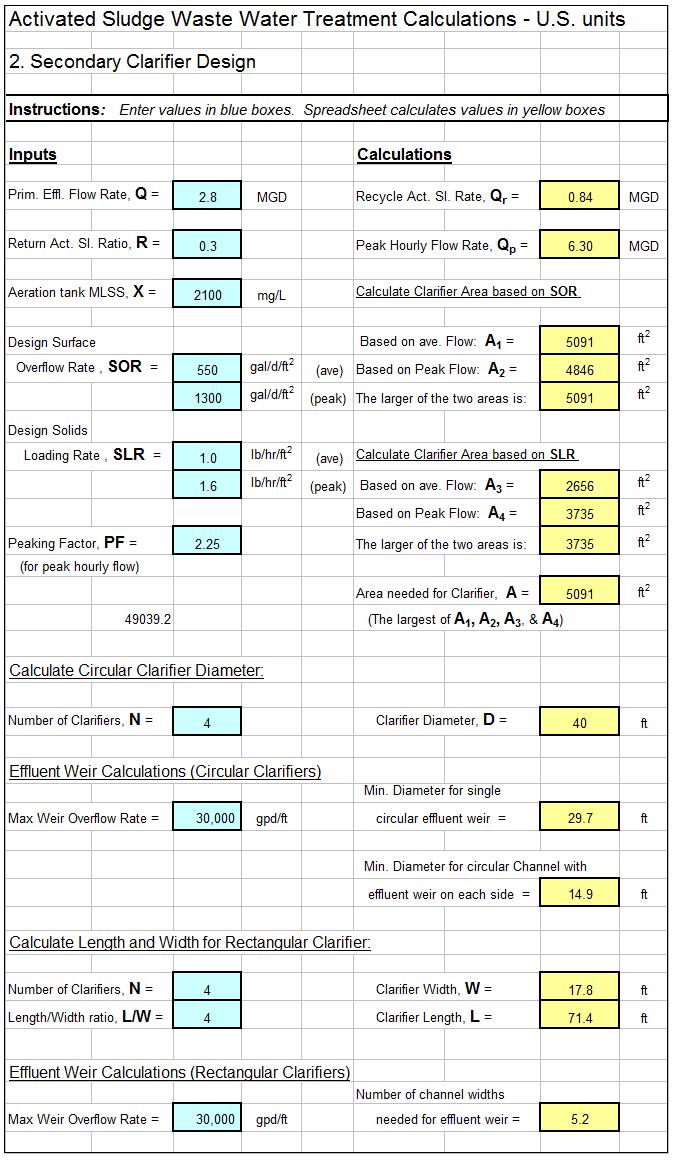Where to Find an MBBR Nitrification Denitrification Spreadsheet
To obtain an MBBR Nitrification Denitrification spreadsheet, click here to visit our spreadsheet store. This Excel spreadsheet is intended for MBBR nitrification denitrification process design calculations. You can buy a convenient MBBR Nitrification Denitrification spreadsheet for a very reasonable price. This spreadsheet makes MBBR process design calculations for BOD removal, nitrification, and denitrification. including both pre-anoxic and post-anoxic denitrification processes. It is available in either U.S. units or S.I. units. Read on for information about using an MBBR process design calculations spreadsheet for nitrification and denitrification.
Background for MBBR Nitrification Denitrification Spreadsheet
The moving bed biofilm reactor (MBBR) appeared relatively recently on the wastewater treatment scene. It was developed in the 1990’s, and is now used in many countries around the world.
The MBBR wastewater treatment process is quite flexible. It is used for domestic and industrial wastewater treatment and can be designed for BOD removal alone or in combination with nitrification or with nitrification and denitrification. It is used as a single stage process or as a two-stage or three-stage process.
The diagram below shows the general configuration of a Pre-anoxic nitrification denitrification MBBR wastewater treatment process. Denitrification can also be carried out in a Post-Anoxic nitrification denitrification process.
Example MBBR Wastewater Treatment Design Spreadsheet
An example MBBR nitrification denitrification spreadsheet is partially shown in the two images below. This Excel spreadsheet can be used to calculate the required MBBR tank volume and dimensions, based on user input media information and wastewater design flow and characteristics. This Excel spreadsheet, as well as others for wastewater treatment process design calculations, is available in either U.S. or S.I. units for a very reasonable price in our spreadsheet store.
References:
1. McQuarrie, J.P. and Boltz, J.P., Moving Bed Bio-film Reactor Technology: Process Design and Performance, Water Environment Research, Vol 83, No 6, June 2011.
2. Bengtson, Harlan, “MBBR Denitrification Design Spreadsheet,” an online blog article
3. Bengtson, Harlan H., “Biological Wastewater Treatment Process Design Calculations,” available as an Amazon Kindle ebook or as a paperback.
4. Bengtson, Harlan H., “Spreadsheets for MBBR Denitrification Design Calculations,” an Amazon Kindle ebook.
5. Bengtson, Harlan H., “Spreadsheets for MBBR Process Design Calculations,” available as an Amazon Kindle ebook or as a paperback.

